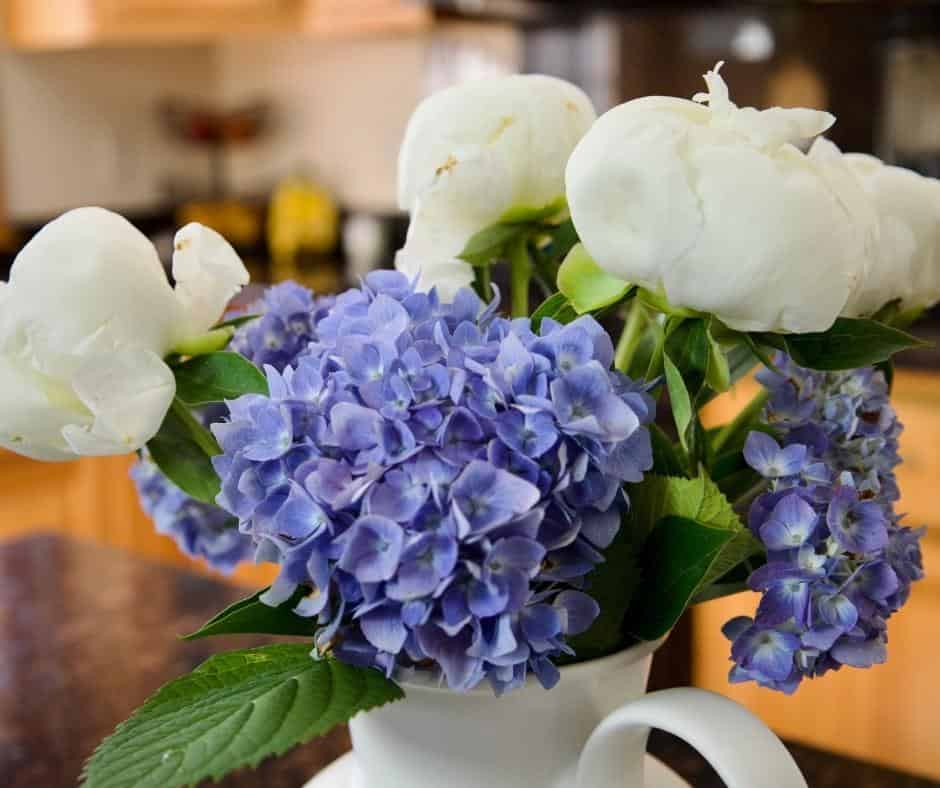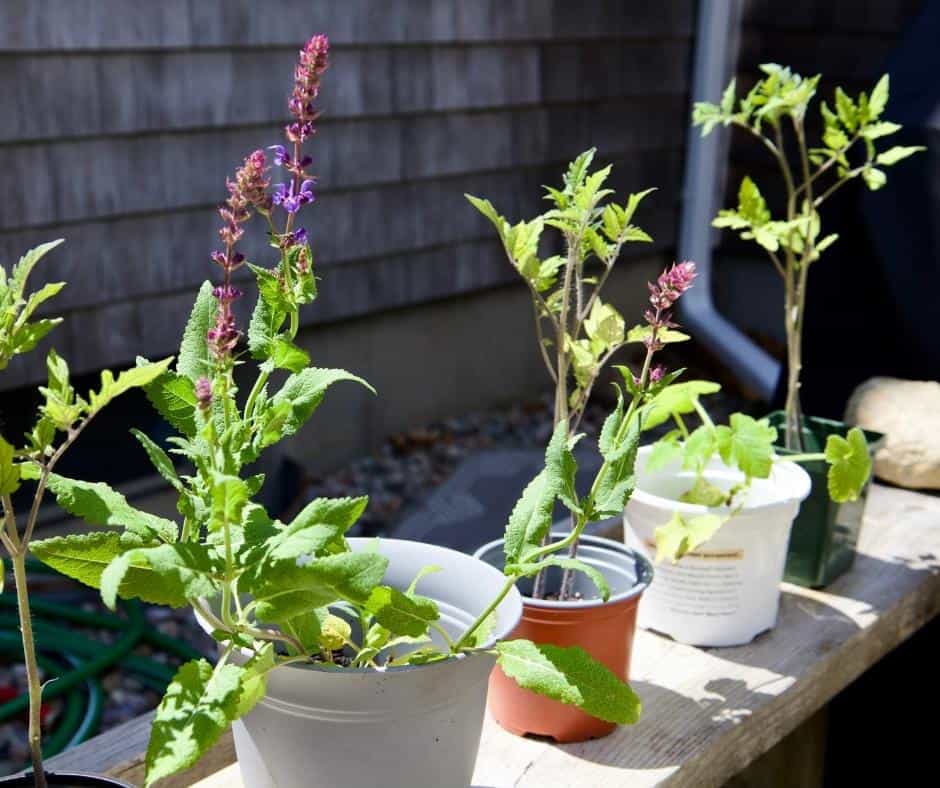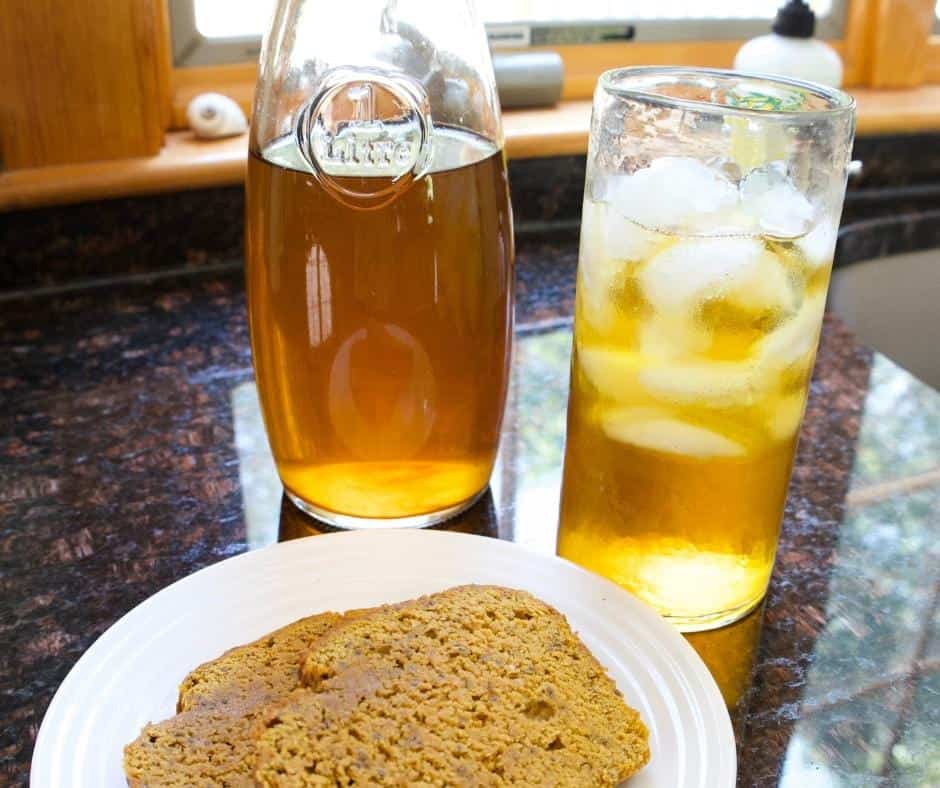Easy Examples Of A Care Partner’s Personal Health Practice
As a busy care partner for my guy with Parkinson’s, it is important that I take time out for myself every day. Here are a few personal health practice examples that help me stay calm and focused throughout my day.

Summers on Cape Cod are always fun and energetic. Families come into town, excited for days in the sun, boating, fishing, and relaxing on the beach. I too enjoy being outdoors more, and I find health practices that incorporate outdoor activities are the best way for me to feel upbeat and energized. The following personal health practice examples have always helped me feel more centered and able to move on with my busy care partner day.
This article may contain affiliate links for your convenience. Also, as an Amazon Associate, I earn from qualifying purchases at no extra cost to you. You can read the full disclosure policy.
Sunshine & Vitamin D
Being outdoors in the sunshine is a great way to get your daily dose of vitamin D. Vitamin D helps the body absorb calcium which in turn helps to keep our skeletal bones strong throughout our lifetime. So summertime is the best time to roll up your sleeves, don those shorts and sandals, and let your body soak it all in.
Be careful however about getting too much sun exposure without protection. Dr. Michael Holick, who is a professor of medicine, physiology, and biophysics at the Boston University Medical Campus, makes a great recommendation. Aim to get 10-15 minutes of unprotected sun exposure to your arms, legs, back, and abdomen. Then apply quality, 30 SPF or higher, sunblock.

Personal Health Practice Examples
Of course, everyone’s personal health practice is going to be different, and we each need to find what works for us. As I mentioned, this time of year I really like to do activities outdoors but that is not to say I don’t enjoy doing other indoor activities as well.
Here are some personal health practice examples you may want to consider. Or maybe they can act as a springboard to help you find your own health practice habits.
Gardening
Let me preface this health practice example with I am sooooo not the gardener! I enjoy dabbling but mainly it is for the fresh air, sunshine, and pretty plants, herbs, and flowers. I would love to one day have a vegetable garden to grow ingredients for my smoothies and salads, but I am not there yet.
That said, I really do enjoy working in the yard and maintaining the beautiful flower beds around the perimeter of our home. I also just bought a ride-on tractor mower for our yard, so I can easily enjoy the sunshine, and get my dose of vitamin D.
Research shows increasing evidence that exposure to gardening provides physical and mental health benefits. Some of the physical health benefits are reduced pulse, blood pressure, pain, and muscle tension. Mental health benefits include the reduction of anxiety and depression.
sometimes mistakes happen
I am still learning about all of the plants and trees on our property. Doug, my guy with Parkinson’s, saw deer in our yard, and when he told me of the first sighting, I didn’t think much of it. Our house sits right up against wooded conservation land, so deer sightings to me did not seem all that surprising.
But the next time Doug saw a deer, I began to wonder why the deer were in our yard. I thought it must have been for a reason, and I was curious to know what they ate. So I went out to look at our flowers and shrubs. Sure enough, the deer had eaten half of our Hosta plants!

After the deer incident, I researched natural deterrents for deer and plants, and I came up with this easy and effective recipe.
Natural Deer Repellent for shrubs and plants
Ingredients: (approximate, does not have to be exact)
- 1/2C dish or dishwasher detergent
- 1/8C cayenne pepper
- 1-gallon water
Mix all of the ingredients together and spray on the plants or shrubs that are susceptible to deer.
NOTE: I used this garden pump that worked well. Much easier than a manual spray and not pricey at all.
Making Sun Tea
Making sun tea is another personal health practice example I love to do in the summer. I think making sun tea is very underrated. It takes very minimal effort, is much cheaper than store-bought brands, and tastes great.
All you need is a few tea bags and a large glass container with a top. Here is a nice and refreshing herbal sun tea recipe. It has zero caffeine, and it tastes amazing with a touch of a plant-based sweetener over ice.
Making sun tea is so easy that it is almost embarrassing to write this recipe, but I want you to know just how simple it is to make.
Refreshing Peppermint Sun Tea
Ingredients & container
- 4 – organic peppermint tea bags (I love this brand. It’s organic and high quality)
- 1 1/2 liter glass pitcher (this is a great pitcher for sun tea)
- organic monkfruit – to taste
Fill the glass pitcher, almost to the top, with filtered water. Add the tea bags, and put the lid on with the tea bag strings hanging off to the side.
Place the tea in a sunny spot for 30-60 minutes, allowing it to steep.
Once it has finished steeping, bring the tea inside and sweeten it with monkfruit according to your desired sweetness. You can also use other sweeteners like stevia or honey. I would however stay away from pure cane sugar (white sugar) because it is very processed and, if not organic, full of chemicals. Plus it can spike your blood sugar quite rapidly.
Next, place your sun tea in the fridge to chill. You can also drink it right away if you pour it over ice. Enjoy!
NOTE: Monkfruit is a plant-based, zero-calorie sweetener, that will not spike your blood sugar. It is derived from plants and is considered a “non-chemical” sweetener. Monkfruit is used, dosage-wise, the same as table sugar. It has a 1:1 ratio.

Flowers In The Home
One of the nice benefits of gardening, is I have lovely flowers to pick and arrange for my home. Most of the time I have a beautiful arrangement of flowers on my kitchen table.
Hydrangeas are one of my favorite flowers, and they grow abundantly here on the Cape. Thankfully the deer have not eaten those too! Did you know that the color of hydrangeas is not based on the type of hydrangea you buy but rather the pH of your soil? A pH that is lower than 6.0 brings blue or lavender-blue hydrangea blooms, and soil that has a pH of 7.0 or above yields pink and red hydrangeas. I did not know this until I moved to the Cape.
Arranging flowers, similar to gardening, helps to reduce stress. The flowers themselves elicit your sense of sight, smell, and touch, and creating a beautiful arrangement can be a slow and meditative process.
Research looked at how flowers made people feel and they also looked at where people displayed flower arrangements in their home. Most people placed their flower arrangements in open areas where people could see them, like a foyer, living room, or dining room. The researchers thus suggested that the flower arrangements were a symbol of sharing. I agree!
Tea Time – Anytime
My last personal health practice example is taking time for yourself every day. I call it tea time. During the summer, almost daily, I will make myself an ice-cold cup of sun tea and sit outside on the deck. It’s never really for very long, only 15 minutes or so but I consciously take the time to stop every afternoon.
As a solopreneur who runs my business from home, and as a care partner for my guy with Parkinson’s, I honestly feel like I could run around busy every minute of the day – and it’s in my personality to do so. Taking time out in the afternoon is a small way to remind myself that I matter, and to remember that I cannot help others unless I take care of myself.
Sometimes it’s not easy to stop but I have never regretted taking those 10-15 minutes out for myself. I encourage you to do the same. Being a busy care partner can be challenging, and it is important to always monitor your wellness reserves.
I hope some of these personal health practice examples have inspired you or given you ideas for your own daily healthy habits.
Sometimes people think taking time out for themselves is selfish. This may not be a conscious thought but more unconscious. I am telling you, in order to take care of our loved ones and the people around us, and in order to feel whole and alive in this world, it is very important to fill our reserves too. It doesn’t take much but I encourage you to find some small daily self-care habits that make you feel like a whole, well-rounded, human being.
FREE Wellness Guide
VIDEO: Easy Examples Of A Care Partner’s Personal Health Practice
Let’s Connect
I hope you enjoyed this article and you can put it to use in your life as a busy caregiver.
Please let me know in the comments below some of the personal health practices you incorporate into your life. I would love to hear from you.
Additional Posts For More Caregiver Support
5 Successful Relationship Strategies When Living With Chronic Disease

